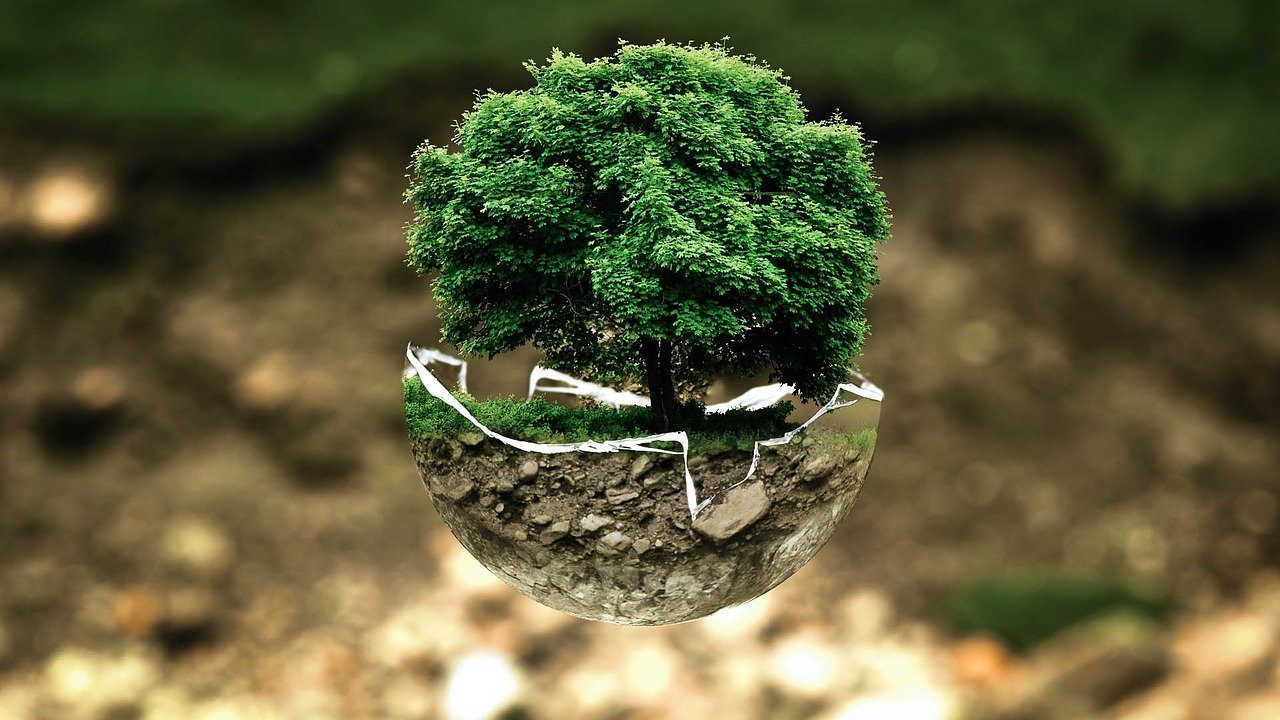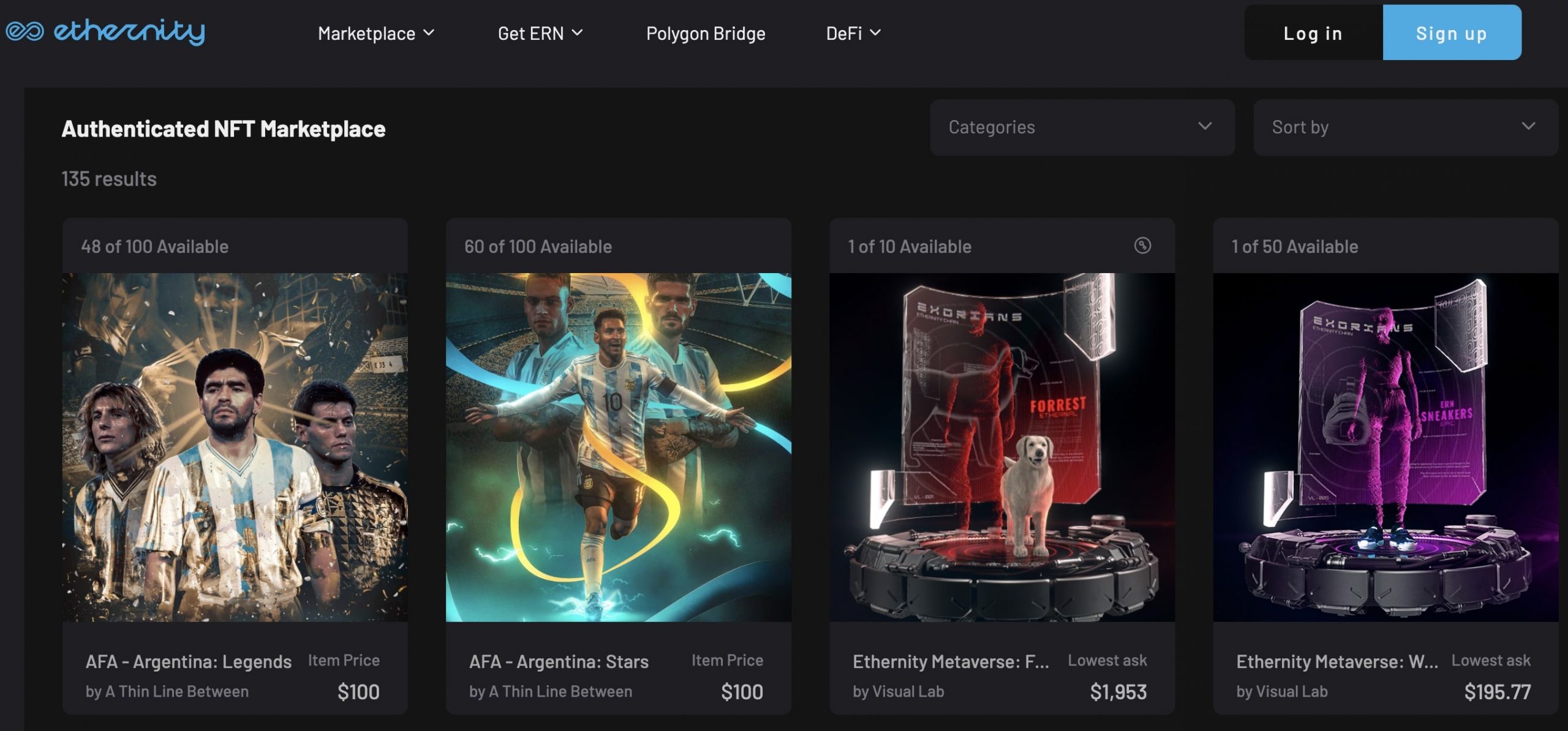Nick Rose Ntertsas, the CEO of authenticated NFT marketplace Ethernity Chain, is an early crypto investor. Apart from this, he is an outspoken environmentalist. In fact, he shot to fame after raising awareness about the devastating Amazon wildfires in 2019.
“I’ve been in the environmental space since I was a little kid,” Nick Rose told NFTevening. “I spend a lot of time in nature when I have time and I don’t work. I love nature so I always want to try to do things for nature and for the planet.”*
Over the years, Nick has been involved with multiple campaigns across the globe. In 2018, he set up Oxygen Seven, a non-profit organisation focusing on reforestation. Currently, he serves on the board of directors for Re:Wild, together with Leonardo DiCaprio. Re:Wild brings together indigenous communities, leaders, NGOs, governments, companies, and the public to protect and restore biodiversity.
As an avid gamer and NFT collector, Nick launched Ethernity Chain in 2020 to provide a platform for authenticated NFTs. That said, if the criticism against NFTs is any indication, environmentalism and NFTs don’t exactly go hand-in-hand—at least as per the common perception. The culprit here is the environmental impact of NFTs.
What is the Environmental Impact of NFTs?
One of the challenges NFTs face regarding mainstream adoption is their environmental impact. So what exactly is the environmental impact of NFTs and what are its reasons?
Firstly, transactions on Proof of Work (PoW) blockchains are validated by “miners”. Mining on PoW blockchains like Bitcoin and Ethereum sees miners competing against one another to be the first to solve hashes—essentially, complex mathematical algorithms.
Therefore, the higher the computing power of miners, the higher their chances of winning, and in turn, higher the energy consumption. Ethereum itself has said that its current energy expenditure is “too high and unsustainable”. To put things into perspective, the Ethereum network’s current annual power consumption nearly equates to that of Finland.
In short, as a majority of NFTs are built on the Ethereum blockchain, they have a considerable environmental cost. But, it’s not a lost cause—there are several solutions to this growing concern.
Nick Rose on How to Minimise the Environmental Impact of NFTs
Firstly, Nick stresses that every single company should offset its carbon emissions. Secondly, companies and NFT projects alike should use “green blockchains” that have very minimal carbon emissions.
Blockchains like Cardano, Solana, Tezos, and Avalanche use the less energy-intensive, Proof of Stake (PoS) model. Rather than asking miners to compete to solve hashes, PoS requires validators to stake a certain amount of the native currency. In addition, the PoS model does not require high computing powers—even laptops are sufficient to solve hashes. All these mean that PoS has a much lower environmental impact than PoW blockchains.
For this reason, Ethereum, which hosts the majority of NFTs, is also moving to the PoS model. This, the network claims, will reduce its total energy use by 99.95%. Needless to say, the industry is eagerly awaiting The Merge, which will likely happen in August 2022.
“I think using green blockchains is the best idea for now till Ethereum goes fully proof of stake,” Nick added. “After that, I think Ethereum will be the best solution.”

How is Nick Rose’s Ethernity Chain Tackling NFTs’ Environmental Issues?
“We live in a world that’s been controlled by centralised corporations and a lot of them don’t really care about how they are damaging the environment,” Nick Rose said. “For me, as a founder and as an individual, I felt it was very, very important to give back. Building and creating cool stuff is one [thing] but we have a responsibility to make sure we leave the planet better than we found it for the next generations to come.”
It is with these values that Nick built Ethernity Chain—an idea that sprouted back in 2017. The aim was to build a Web3, artistic marketplace with a focus on Intellectual Property (IP) acquisition. Already, the platform is home to over 45 NFT drops with some of the most popular celebrities like Marilyn Monroe, Muhammad Ali, Manny Pacquiao, and Lionel Messi, to name a few.
To minimise the NFT platform’s environmental impacts, Ethernity works with several organisations to offset its carbon emissions.
“We have an in-house algorithm that estimates our carbon offsets,” Nick explained. Ethernity Chain has also partnered with Polygon to allow users to bridge Ethernity and Polygon. Polygon, as we know, is a Layer 2 chain with “minimal carbon impact”.

“Digitalisation is Better for the Environment”: Nick Rose
Apart from simply minimising NFTs’ environmental impacts, Nick Rose believes NFTs have several applications in a green future. Decentralisation, transparency, and proof of ownership that blockchain technology brings forth can serve the real world for the better. Additionally, there are ways to use blockchain in environmental activities.
For example, Nick explained that thanks to transparency, we can easily track what an organisation has done. “If you donate funds using ERC-721 tokens or ERC-20 tokens, you can actually see where your money goes…There should be some kind of report back of what they did with the money and you can track everything on the public ledger.”
As Nick Rose looks forward to when Ethereum becomes fully PoS, he believes traditional art is more damaging to the environment than digital art.
“To create a real (physical) painting, you have to cut trees to create the wood frame and the paper,” he explained. “You need to use chemicals to have the paint…As long as it exists, you have to fly the traditional art to a buyer who lives in a different country.”
“There’s a lot of things going on in there that people don’t notice and don’t think about. So I do think digitalisation, in the right way, will be actually better for the environment than traditional art.”
All things considered, the good news is that the industry is taking note of the environmental impact of NFTs. That said, there’s still a long way to go. As Nick Rose mentioned, everyone has a responsibility towards the environment—something many collectors are also conscious of. As a result, it’s unlikely that NFT projects and platforms can sustain themselves for the long term if they don’t take measures to minimise their carbon footprint.
*Quotes are condensed and edited for clarity
Are you tired of missing important NFT drops?
Just check out our NFT Calendar!
Receive the biggest NFT news of the day & recommendations in our Daily newsletter.
All investment/financial opinions expressed by NFTevening.com are not recommendations.
This article is educational material.
As always, make your own research prior to making any kind of investment.




